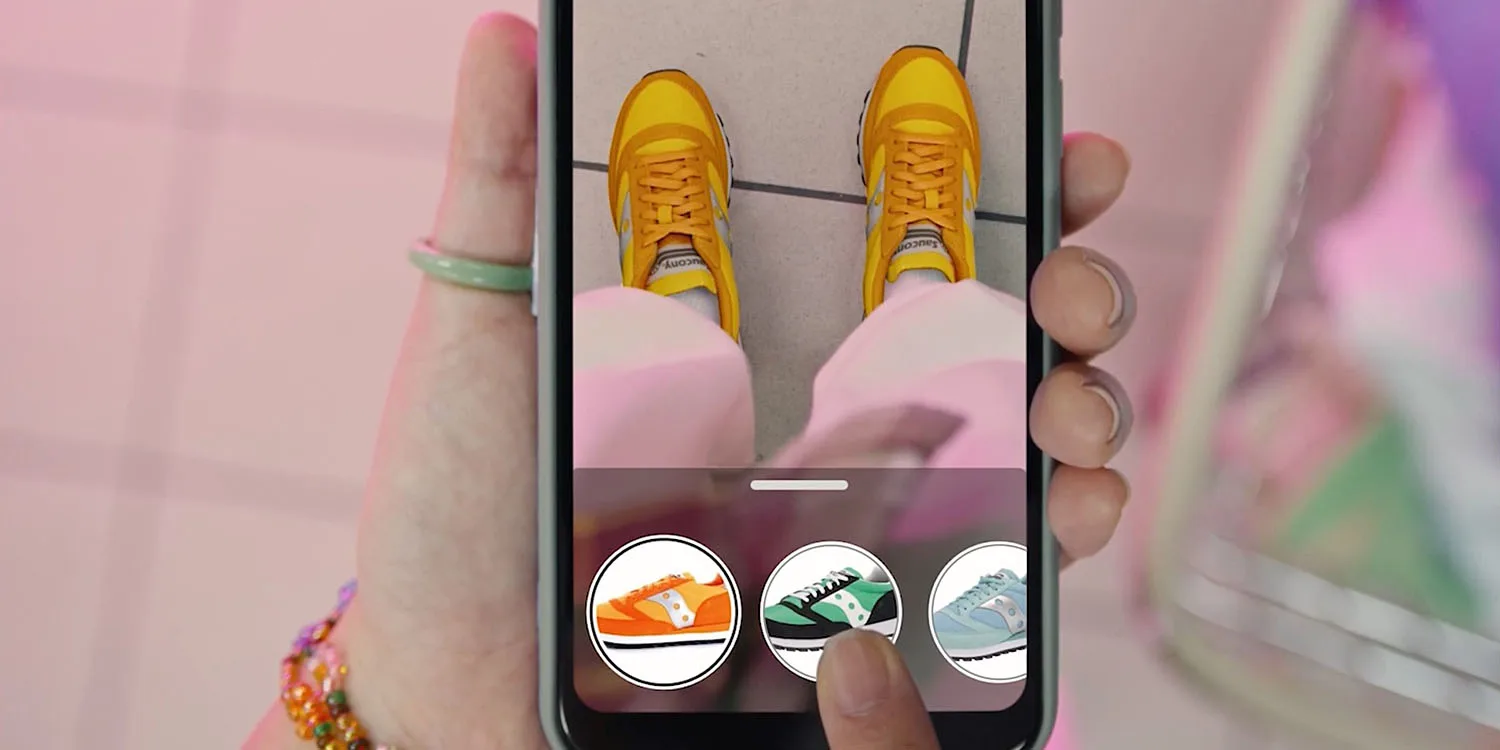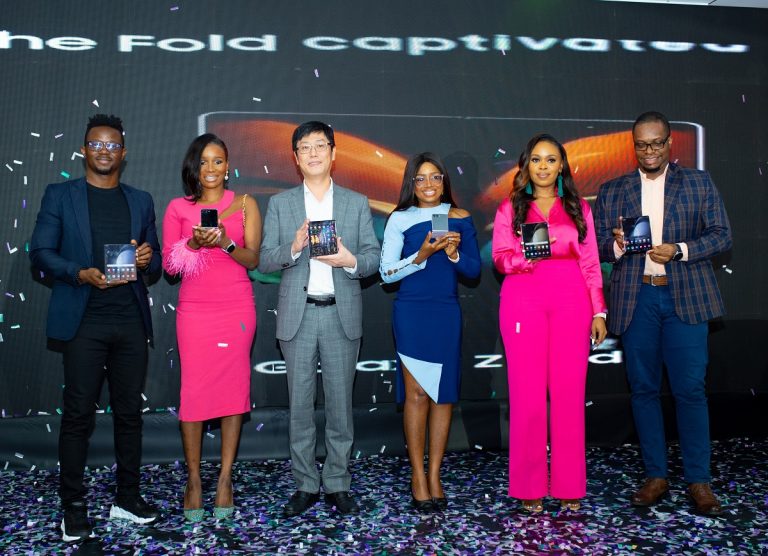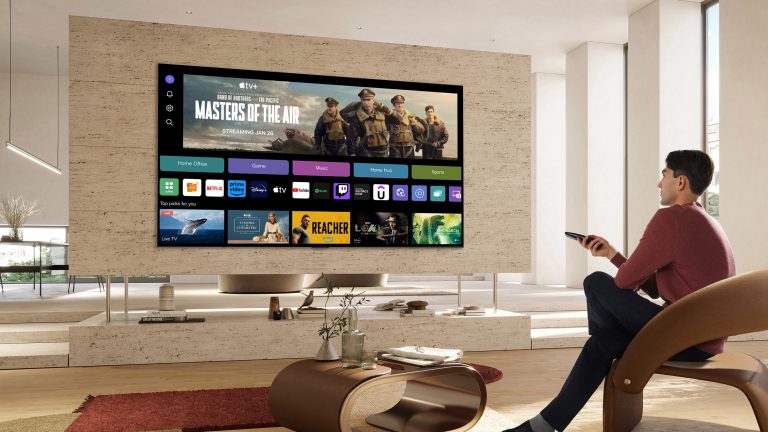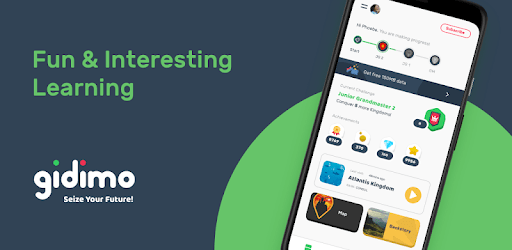South African School Kids Build World-class Robotics

In a brand-new competition that focused on using robots to clean up the environment, South African youngsters demonstrated their robotics expertise.
The robotics program at Reddam House Bedfordview is booming and incorporates both extracurricular and core curriculum activities. At the most recent Inspired Builds International Robotics Competition, the school won first place in three age divisions. At Reddam’s interhouse robotics competition on Wednesday, the winning projects were on exhibit, and TechCentral was there.
Brenda Kahl, a teacher at Reddam House Bedfordview who specializes in teaching science, computing, and robotics, stated, “We conduct a lot of competitions right now.
“We have our interhouse [competition], which is to build confidence. In Gauteng, we have our interschools robotics league where we collaborate with other schools, and we mix the kids up and they get to learn from each other. Then there is the Inspired competition, which is global,” she said.
Three age groups of Reddam House Bedfordview students were the winners: Christian Tallarico and Songman Yin in the 9–10 age group for a project called Waste Monster; Leeya Meyet in the 10–11 age group for The Rainbow Paper Scooper; and Michael Cole and Kian Bageloo in the 11–12 age group for Blue Crane.
The competition’s subject was “saving the environment,” and while the majority of the participants submitted land-based designs, Christian and Songman’s garbage Monster concentrated on cleaning up oceanic garbage thanks to its enormous, rake-like front arm.
Robotics Education
“We came up with this idea because a lot of waste is being dumped into the ocean. Waste Monster opens and the trash gets stuck in it; it then proceeds to the beach to get the trash taken out and returned to the sea, according to Christian, 9, who is nine years old. Christian responded when questioned about his experience programming the robot, “It was difficult at first but it becomes easier.”
Clean up the roadside with Leeya Mayet’s Rainbow Paper Scooper, which has a big scoop and a revolving arm to sweep trash into it. The layout mimics an automatic dustpan and broom set-up. “My idea behind this is from seeing lots of trash on the side of the road. I thought this robot could just go and pick that up,” said Leeya.


Leeya Meyet’s Rainbow Paper ScooperThe magnet attached to the robot at the end of a long swivel arm drops like the pecking bill of South Africa’s national bird, which is why Michael Cole and Kian Bageloo named their metal waste collector the Blue Crane. Michael added, “We need to make the arm have a slower speed; it’s still a work in progress since the arm is a bit too sensitive and drops.
“In 2018, we purchased our first robot, marking the beginning of our robotics program. We significantly expanded the number of robots during the Covid-19 pandemic, according to Stephen Hazley, headmaster of Reddam Bedfordview.

According to Hazely, Reddam’s robotics program extends up to grade 9. Students can enroll in a more general design topic up to matric if they want to pursue their interest further. However, robotics is not simply for children who want to pursue technical careers, as robotics teacher Kahl says.
“We believe that learning to code is something that young people who plan to work in IT or as computer programmers should do. However, the ability to solve problems step-by-step is essential. Our English teacher, Mrs. Brink, claims that you use following directions for everything. One thing they learn, in my opinion, is that things only work if they are done methodically, according to Kahl.
Reddam employs Lego Mindstorms, which consists of actual robots and a programming interface. This curriculum pushes students to think from both a computational and computational-physics standpoint when coding a robot’s functioning. Seymour Papert, a computer scientist born in Pretoria, is the creator of Mindstorms. He believed that technology might be used to help youngsters think more critically and solve issues. In 1980, he released a book with the same title.
“You will soon discover that you are applying computational thinking, teamwork, and tenacity – all the fantastic qualities that they learn in robotics – in all professions. The world is moving in that direction, according to Kahl.







